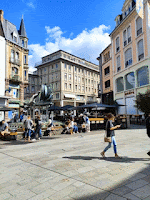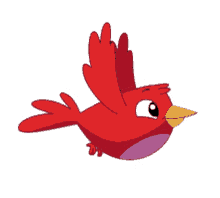Slide shows had their beginnings in the 1600s, when hand-painted images on glass were first projected onto a wall with a "magic lantern". By the late 1700s, showmen were using magic lanterns to thrill audiences with seemingly supernatural apparitions in a popular form of entertainment called a phantasmagoria. Sunlight, candles and oil lamps were the only available light sources. The development of new, much brighter artificial light sources opened up a world of practical applications for image projection. In the 1800s, a series of hand-painted glass "lantern slides" was sometimes projected to illustrate story-telling or a lecture. Widespread and varied uses for
amusement and education evolved throughout the century. By 1900, photographic images on glass had replaced hand-painted images, but the black-and-white photographs were sometimes hand-colored with transparent dyes. The production of lantern slides had become a considerable industry, with dimensions standardized at 3.25 inches high by 4 inches wide in the US and 3.25 inches square in the UK and much of Europe.

















































